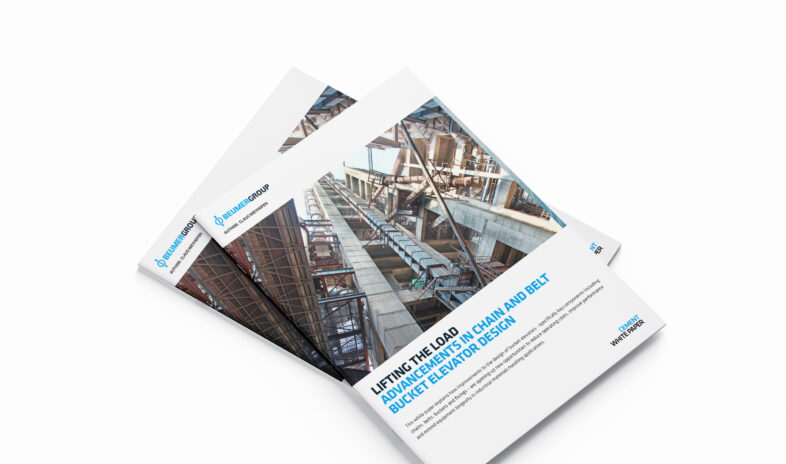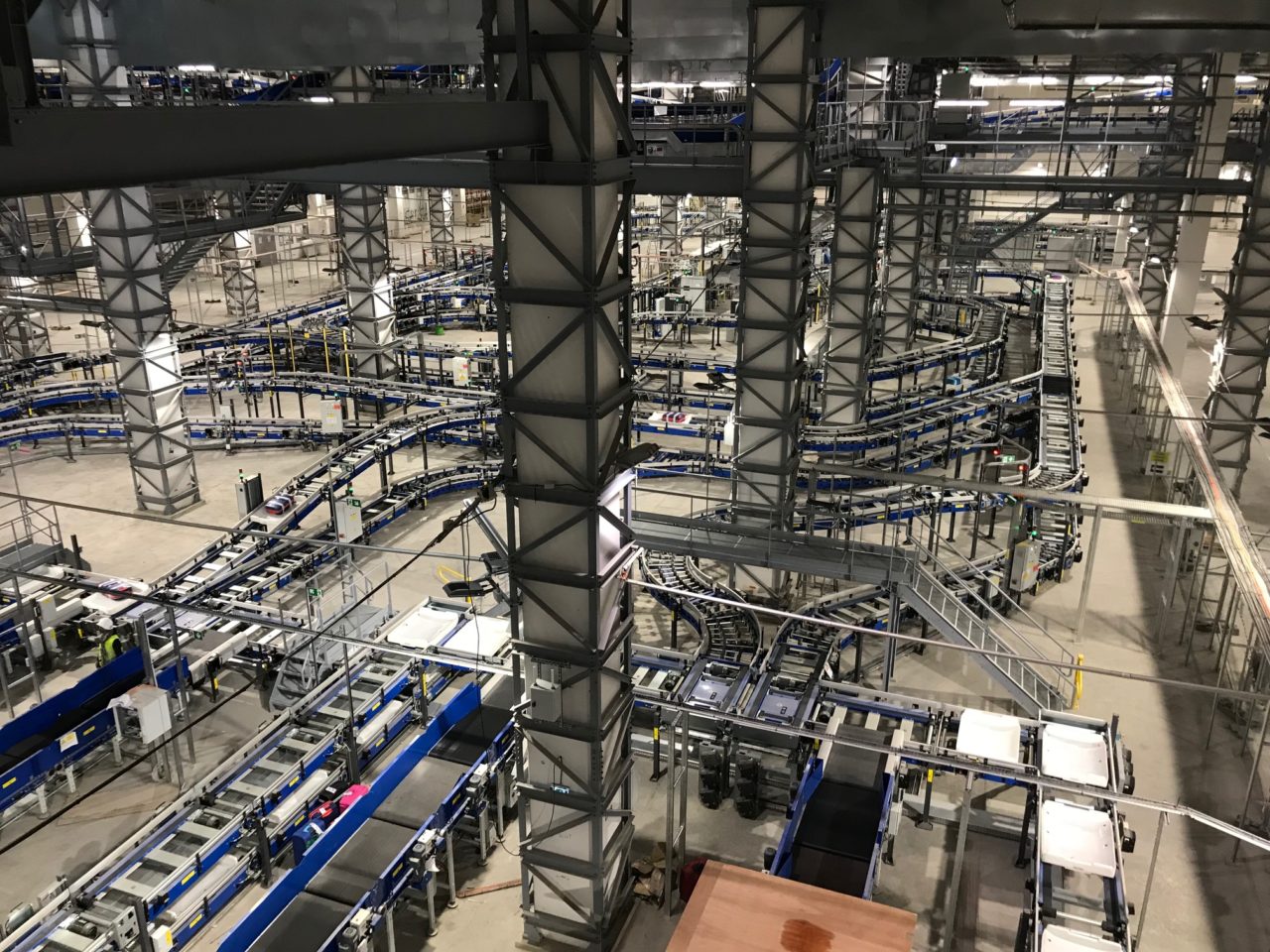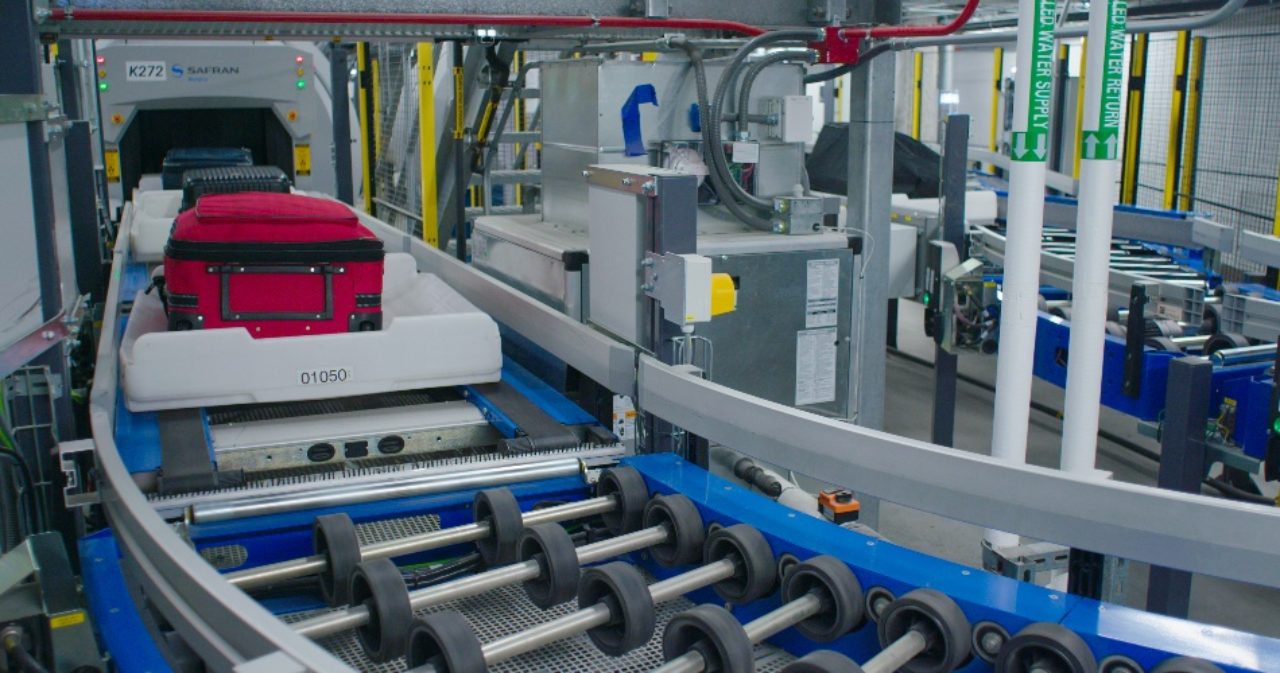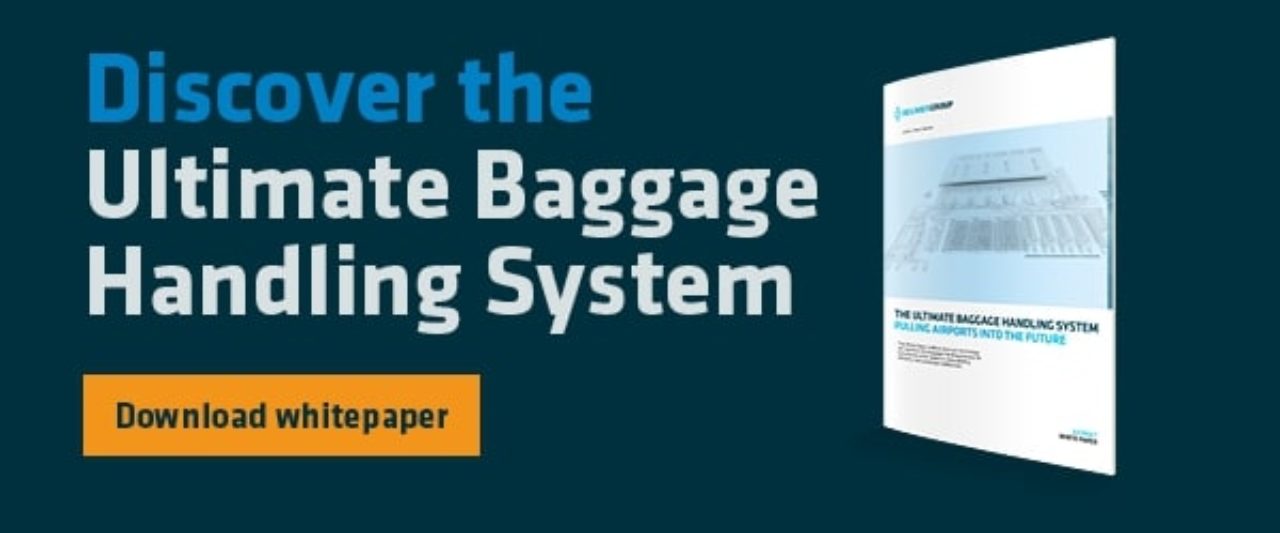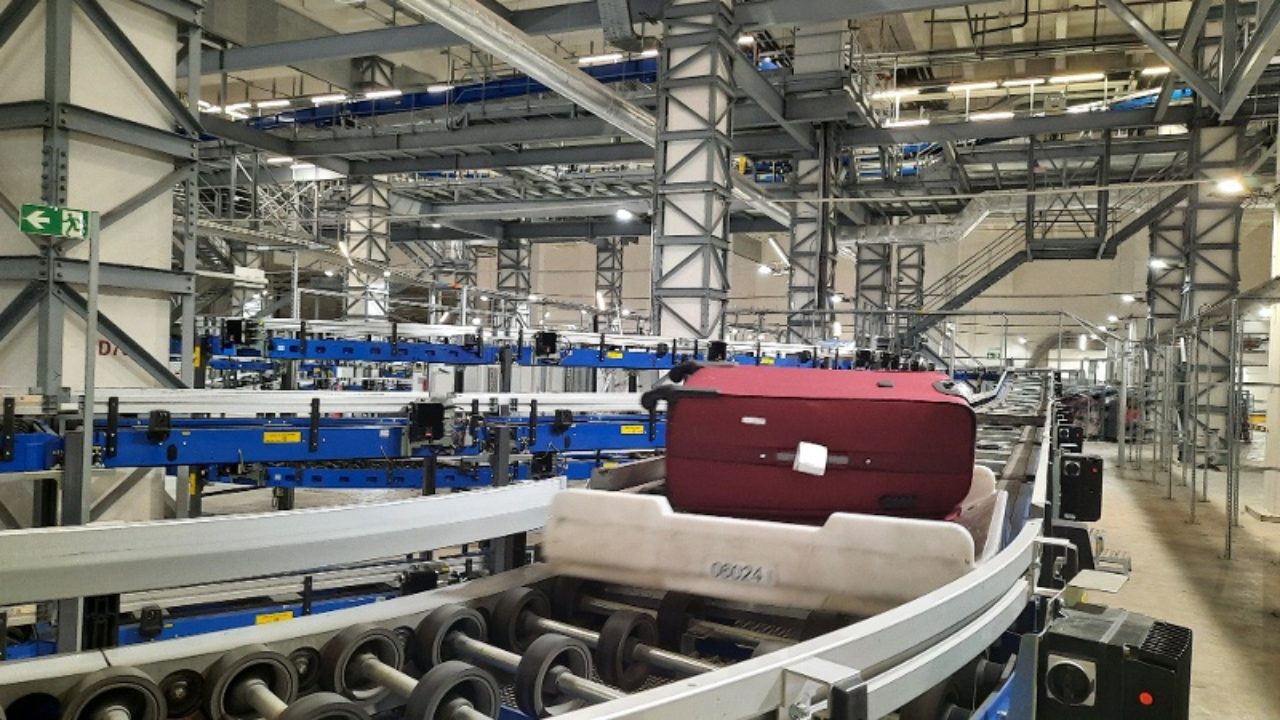In addition, with operator stations such as the CBRA, staff no longer have to lift, carry or drag bags for inspection and, once cleared, lift them back to the ‘clear bag’ conveyor.
ICS has 100 percent tracking and a very high sortation accuracy, so mis-sorted bags are virtually non-existent. Given this tracking precision, TSA has approved the merging of ‘good’ and ‘suspicious’ bags on one line after Level 1 screening, which is not allowed in a conventional system.
Adding functionality is also easier with ICS, if modernising the screening system is required by regulatory changes. Such was the case for many European airports and is the case for a number of New Zealand and Australian airports that are currently rebuilding their systems from Level 5 to Level 3 screening in accordance with ECAC Standard 3 (which is very close to the TSA standard).
Releasing space in the baggage hall
One area that ICS will save an airport significant footprint, however, is in the storage of baggage – particularly if the storage is combined with transfer baggage.
In conventional conveyor-based systems with no EBS, airlines are limited to accepting bags earlier than the typical three hours before EDT. Early bags are stored either in their final container on the floor or in the makeup unit, taking up more space in the makeup area.
Using ICS technology, however, airports can create automated early baggage storage systems (EBS) from which bags, which remain in their individual trays or bins, can be retrieved automatically at any time. Airports can utilise the least-attractive real estate in their terminals, such as under ceilings or in basements, for these dynamic EBSs.
Moreover, automated storage systems enable airports to rationalise their makeup processes through batch building and reduce the overall space required around the makeup carousel.
This is particularly important for hub airports looking to achieve faster transfers. The breakdown of baggage – into transfer, first class, rushed baggage and so on – typically done manually on the floor in a conveyor system, is carried out automatically by the ICS solution itself.


